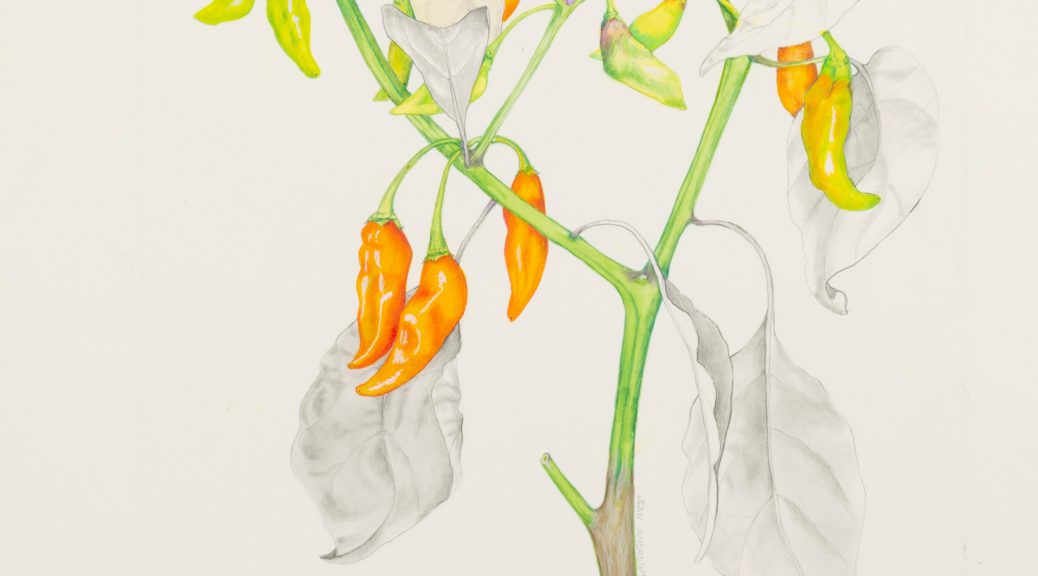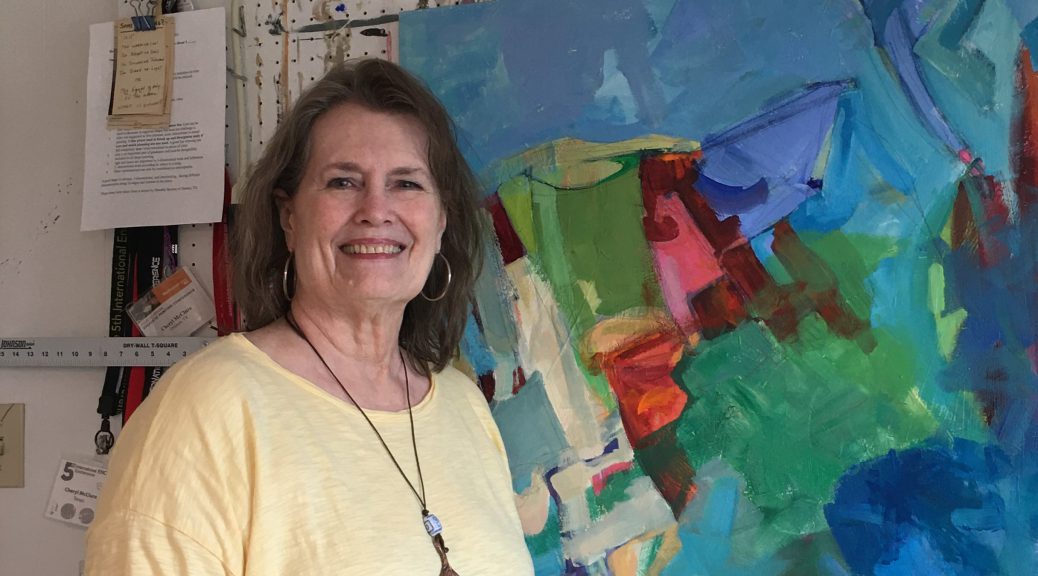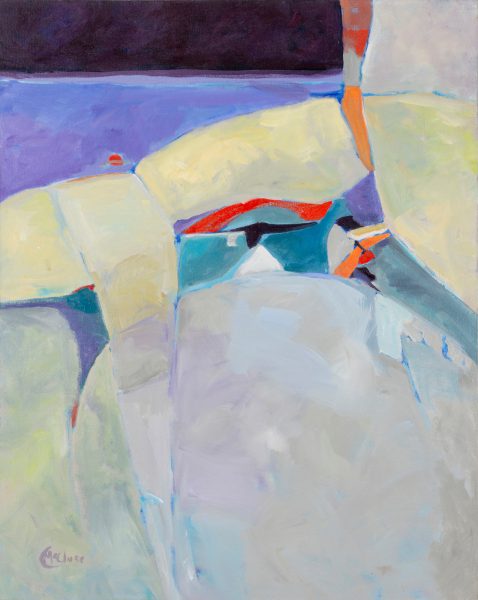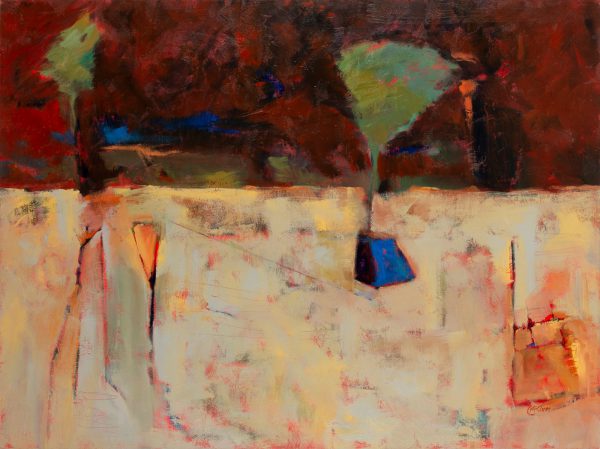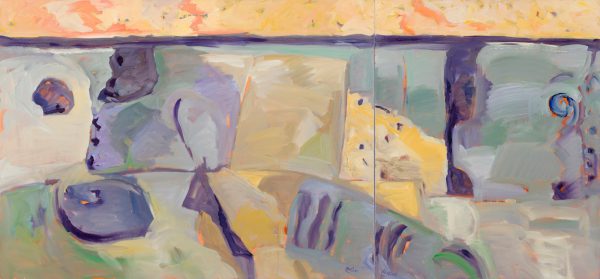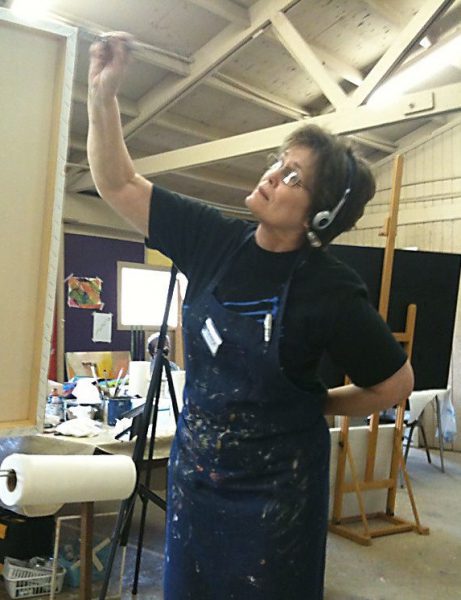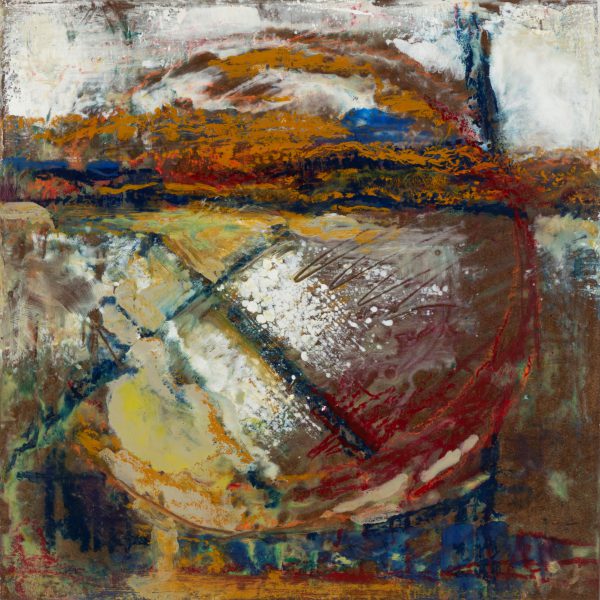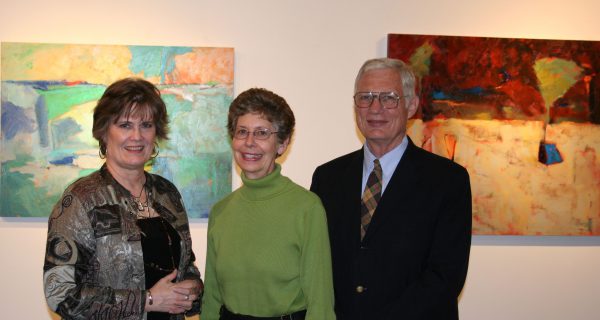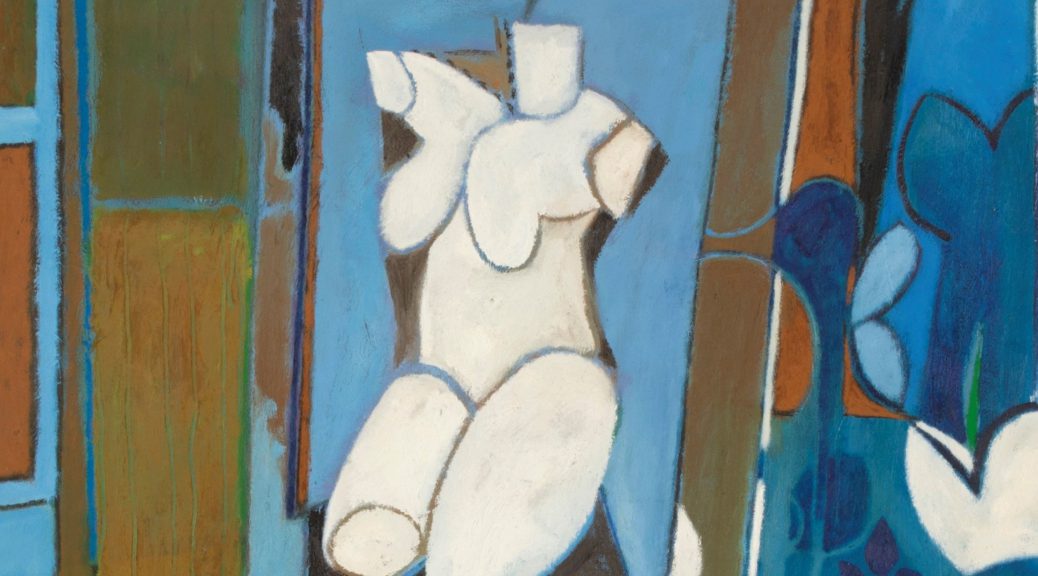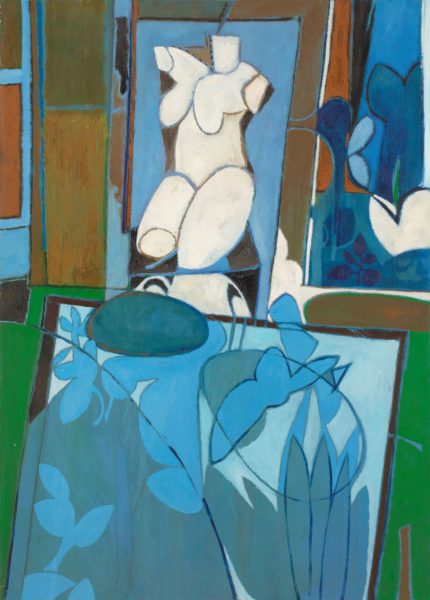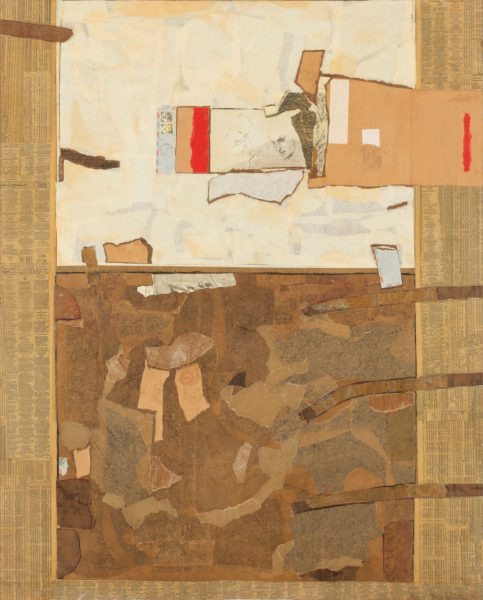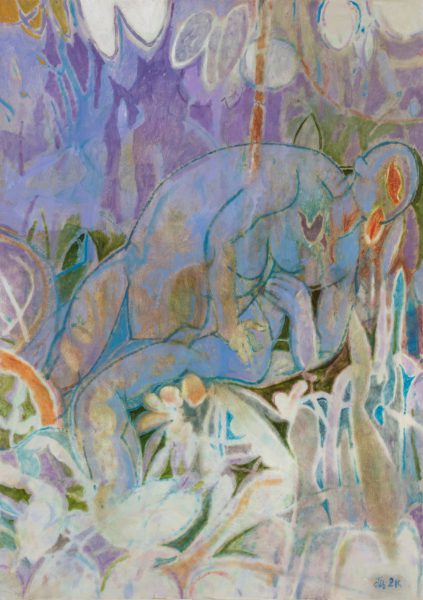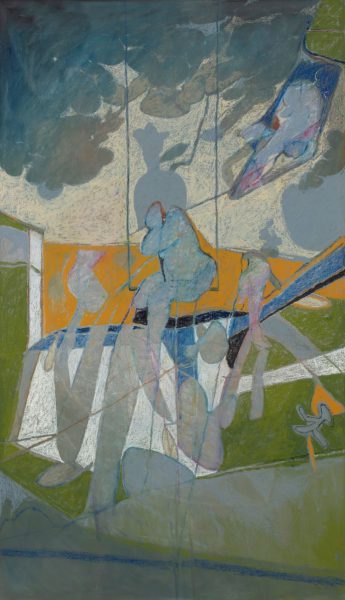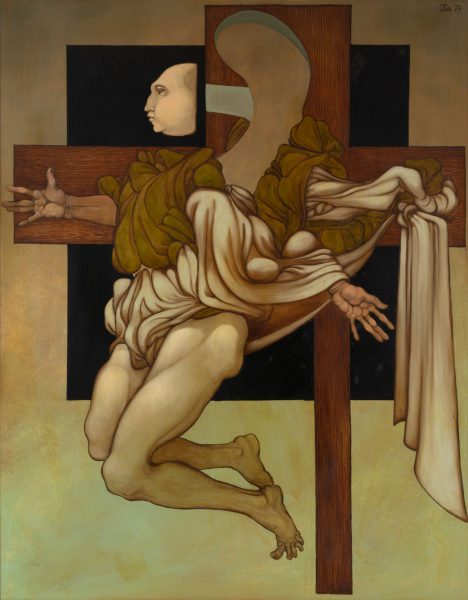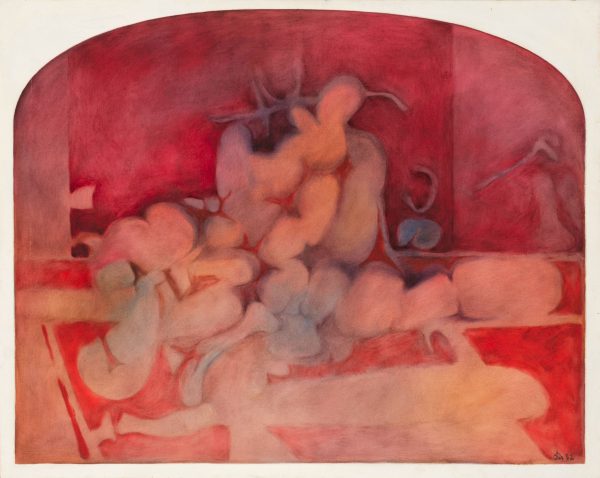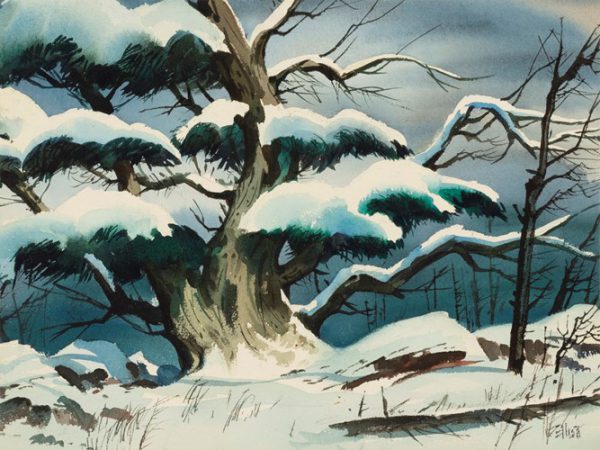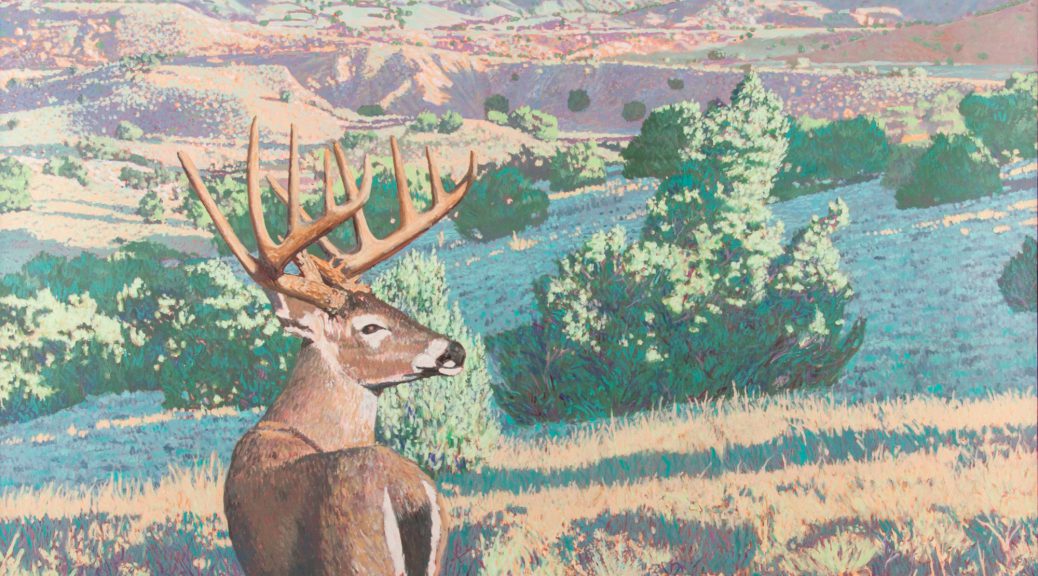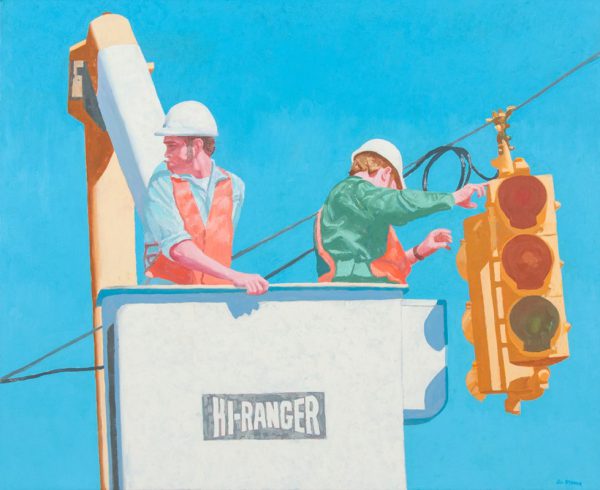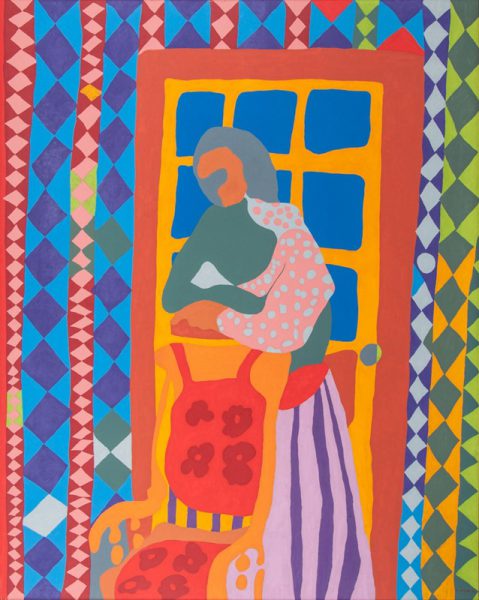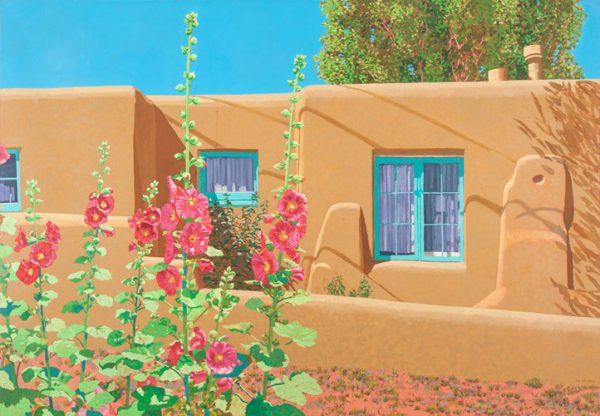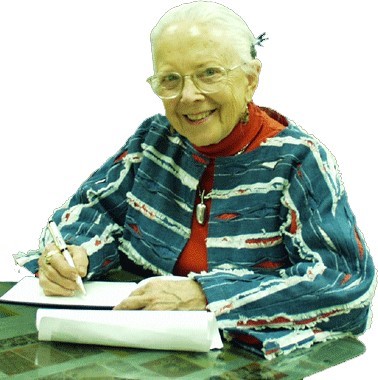
FAE is excited to have five mixed media works on paper from the estate of one of Texas’ most interesting polymaths, Dr. Jean Andrews, The Pepper Lady. Jean Andrews (1923-2010), was enamored with the natural world, and when she saw something in nature that interested her, she would generally become expert enough in the field to write a scholarly monograph on the subject. And, in addition to researching and writing the book, she would often create her own expertly rendered paintings, graphite and gouache drawings, and/or photographs to illustrate them.
Although she authored books on The Texas Bluebonnet (UT Press, 1986), Seashells of the Texas Coast (UT Press, 1972), and American Wildflower Florilegium (University of North Texas [UNT] Press, 1992), she was best known for her books on Peppers. Her most successful being, Peppers, The Domesticated Capsicums, published by University of Texas (UT) Press in 1984. It was considered “THE” book on peppers because, in addition to carefully illustrating each pepper plant so it showed the life cycle of each type of pepper from flower bud to mature pepper, it included scientific, cultural, and historical information. The book was so popular, the publisher produced two subsequent editions. She became known by pepper aficionados as “The Pepper Lady”.
In the Summer of 2010, in issue 86 of the American Botanical Councils publication, HerbalGram, The Journal of the American Botanical Council, Kelly E. Lindner wrote a scholarly memorial to Dr. Jean Andrews, The Pepper Lady titled: Jean Andrews (1923-2010)
The following two illustrations were drawn for Dr. Andrew’s best known book: Peppers, The Domesticated Capsicums
UT Press, Austin
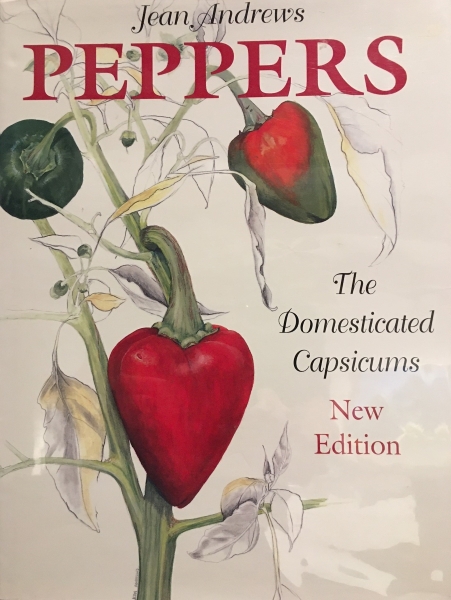
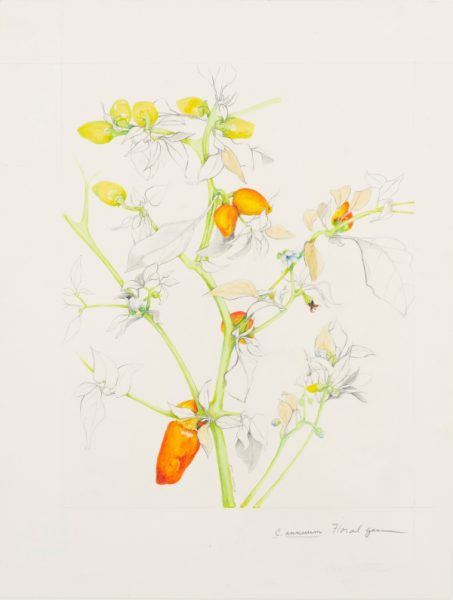
Plate 12 Floral Gem

The images above and below are details of Floral Gem. They show Dr. Andrews intention to show the development of the pepper from flower bud to fully developed pepper in a single illustration. All of the illustrations she made for this book convey this concept.
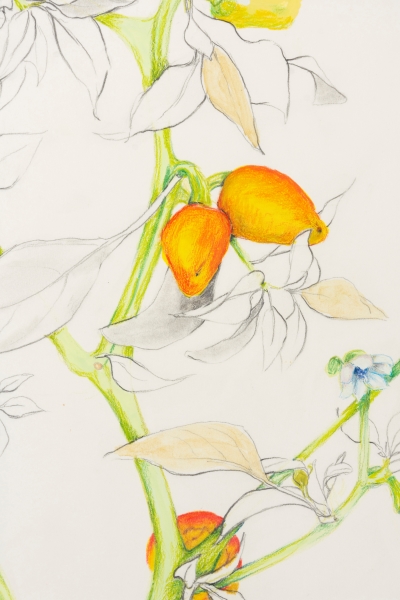
Below is the second illustration
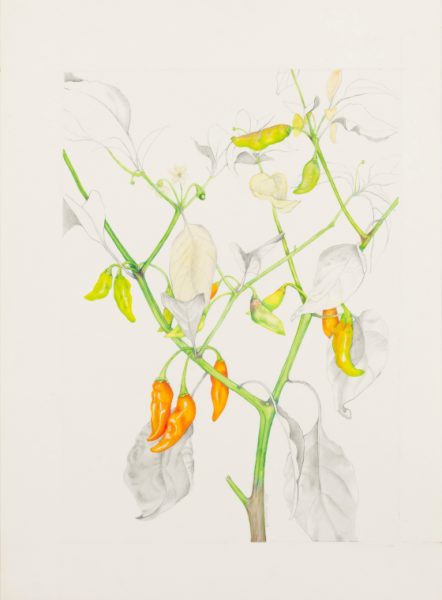
Plate 29 Datil
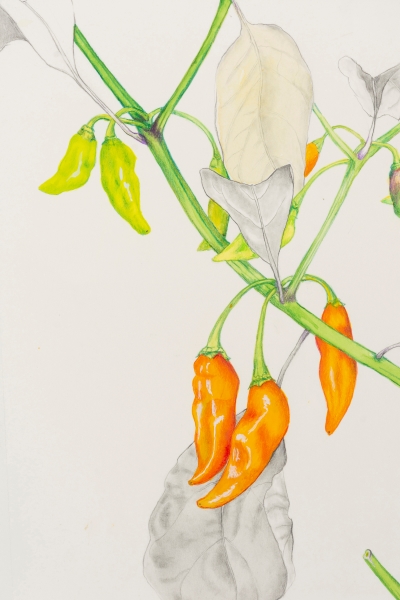
A detail of Plate 29 Datil
_________________________________________
The next three illustrations are from the book: American Wildflower Florilegium
Published by UNT Press, Denton

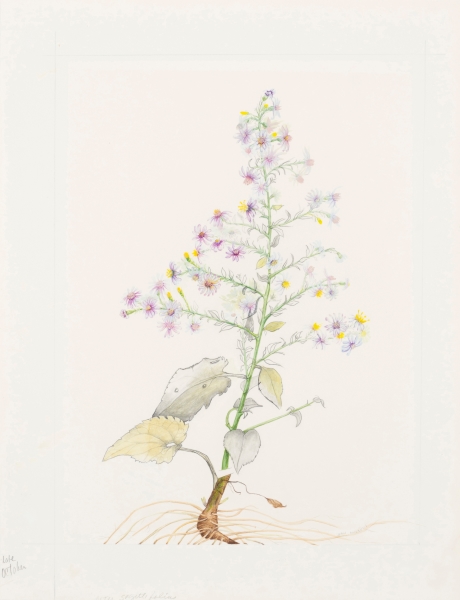
Broadleaf Aster Page 23
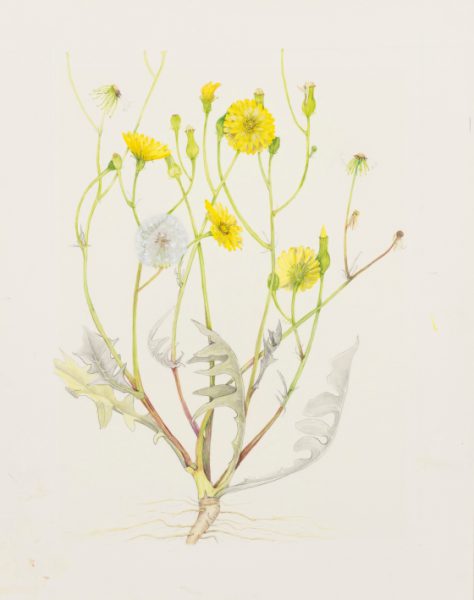
False Dandelion Page 105
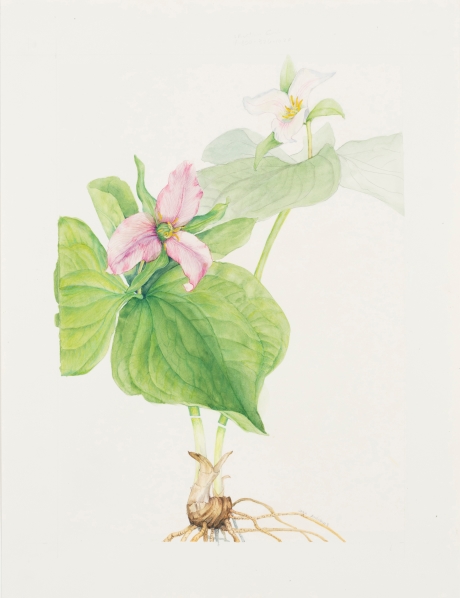
Wake Robin Coast Trillium Page 119
Through July of 2022, these beautiful illustrations by Dr. Andrews will be available to view at Valley House Gallery & Sculpture Garden.
*****
Learn more about the artists whose work you will find on FAE:
 LEE BAXTER DAVIS, A Lifelong Expedition of Discovery
LEE BAXTER DAVIS, A Lifelong Expedition of Discovery
 DONALD S. VOGEL, His Philosophy and Studio Practice
DONALD S. VOGEL, His Philosophy and Studio Practice
 ECHERYL D. McCLURE, Freedom through Abstraction
ECHERYL D. McCLURE, Freedom through Abstraction
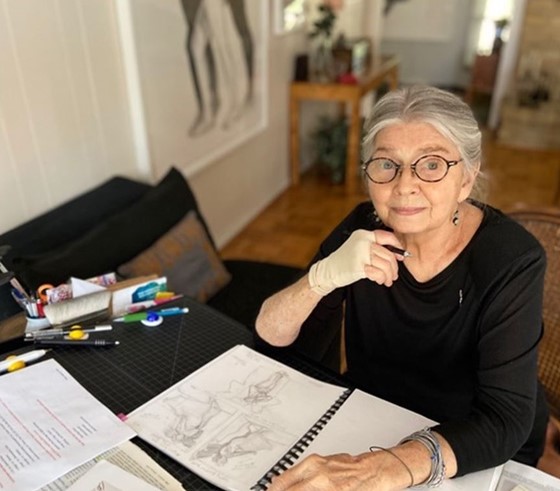 ELLEN SODERQUIST & Drawing the Nude
ELLEN SODERQUIST & Drawing the Nude
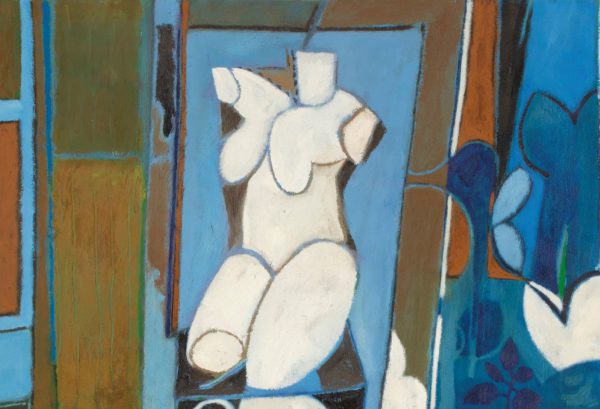 OTIS HUBAND: A Consummate Artist
OTIS HUBAND: A Consummate Artist
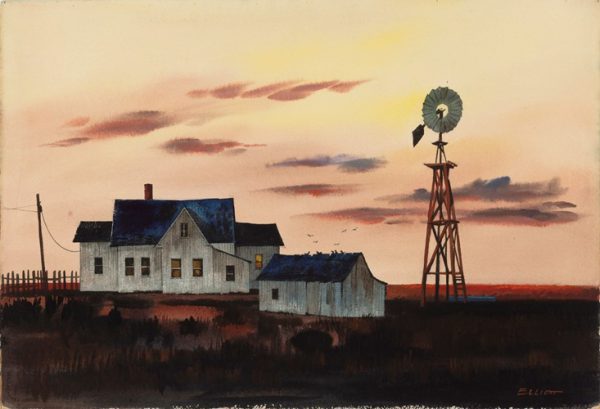 Dallas Painter WILLIAM ELLIOTT (1909-2001)
Dallas Painter WILLIAM ELLIOTT (1909-2001)
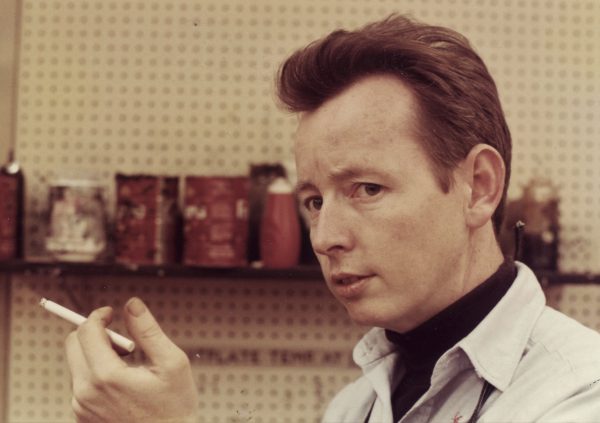 Three Important Early Paintings by VALTON TYLER
Three Important Early Paintings by VALTON TYLER
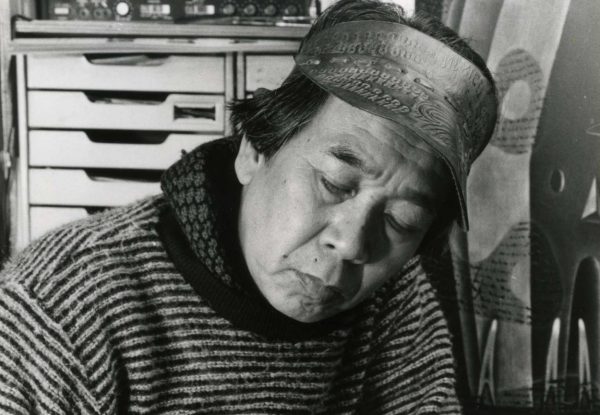 YUKIO FUKAZAWA: Master Printmaker
YUKIO FUKAZAWA: Master Printmaker
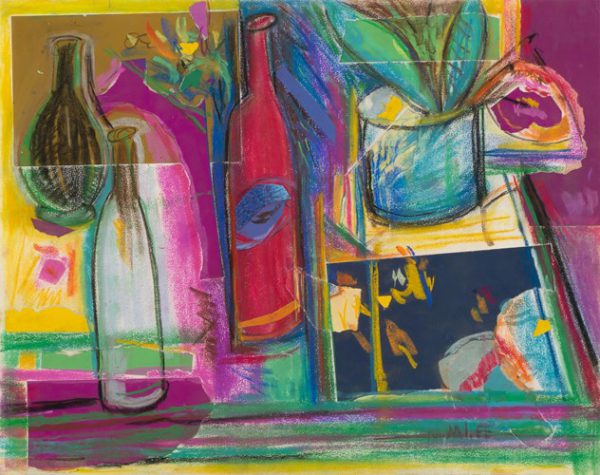 M. J. LEE Estate Gifts to the Amon Carter Museum
M. J. LEE Estate Gifts to the Amon Carter Museum
 Early Career Paintings by JIM STOKER: The Eternal Naturalist
Early Career Paintings by JIM STOKER: The Eternal Naturalist
 Drawings from the Estate of EVERETT FRANKLIN SPRUCE: Texas’ Most Celebrated Modernist
Drawings from the Estate of EVERETT FRANKLIN SPRUCE: Texas’ Most Celebrated Modernist
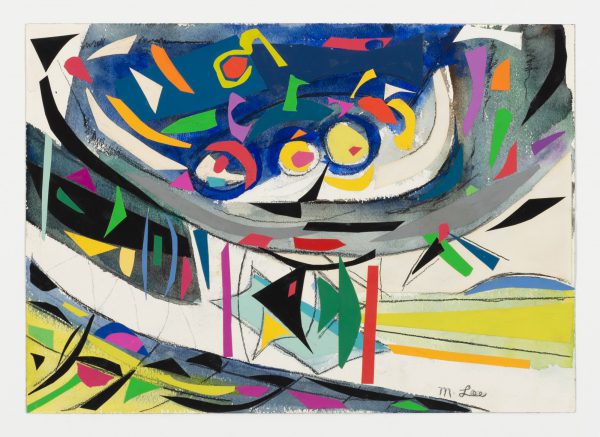 MARJORIE JOHNSON LEE, An American Modernist
MARJORIE JOHNSON LEE, An American Modernist
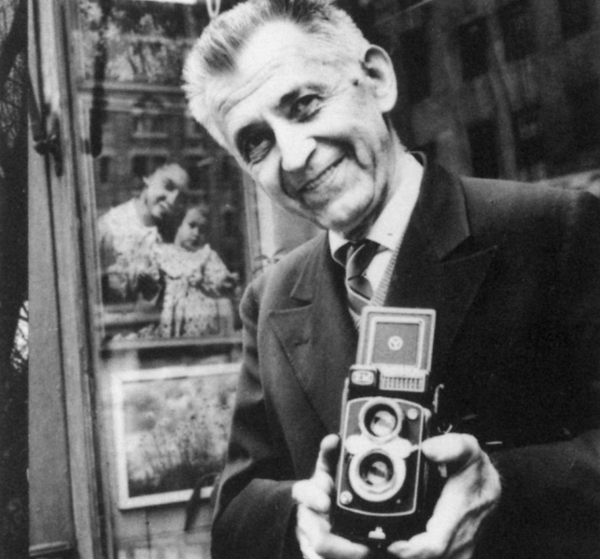 Introduction to the photographs of JOHN ALBOK, Part II: the Photographic Archives Collection
Introduction to the photographs of JOHN ALBOK, Part II: the Photographic Archives Collection
To see all available FAE Collector Blog Posts, jump to the Collector Blog Table of Contents.
To see all available FAE Design Blog Posts, jump to the Design Blog Table of Contents.
Sign up with FAE to receive our newsletter, and never miss a new blog post or update!
Browse fine artworks available to purchase on FAE. Follow us on Facebook, Instagram, or Twitter to stay updated about FAE and new blog posts.
For comments about this blog or suggestions for a future post, contact Kevin at [email protected].
*****
